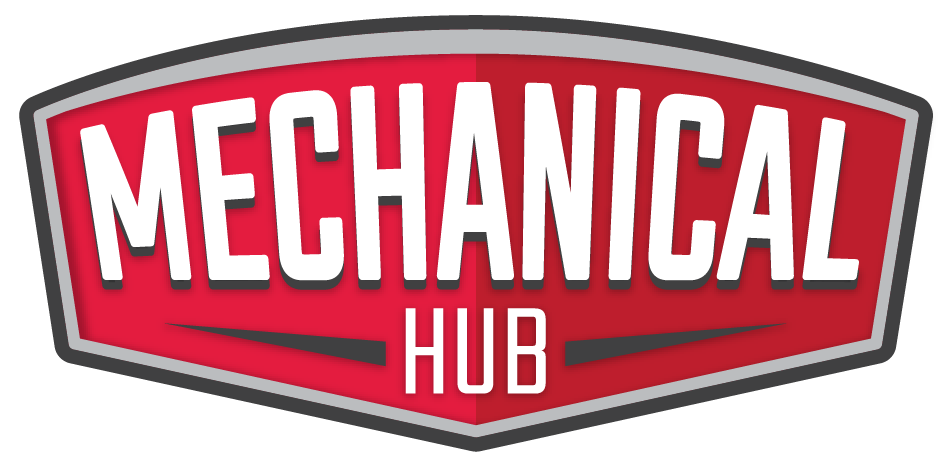In recent years, CNC (Computer Numerical Control) machining has revolutionized manufacturing in several industries, including heating and stove building. Using CNC Stove Plans, professionals and hobbyists alike can create efficient and durable stoves with precision-cut components. Unlike traditional manufacturing methods, CNC machining ensures accuracy, reduces material waste, and improves production efficiency.
CNC technology allows for customization, giving users the flexibility to adapt designs to specific heating needs or space constraints. Instead of relying on off-the-shelf furnace designs, manufacturers can create unique, high-performance models optimized for fuel efficiency and durability. This innovation has also contributed to the growing adoption of CNC in the HVAC industry, as professionals seek precise solutions for custom heating systems.
This article explores the process of designing, cutting, and assembling a furnace using CNC technology, from selecting the right DXF files to welding and finishing the final product. Whether you’re an HVAC professional, a metalworker, or a do-it-yourself enthusiast, this guide will help you use CNC to produce a high-quality stove.
How CNC Works in Stove Manufacturing
The process of CNC machining has opened up new possibilities in stove manufacturing, allowing for intricate and high-quality cuts that were once difficult to achieve manually. Traditional manufacturing methods often result in inconsistencies that lead to inefficiencies in heat distribution and fuel consumption. In contrast, CNC machines follow precise digital blueprints, ensuring that every component fits together perfectly.
Consider a scenario where a manufacturer needs to produce a high-efficiency wood-burning stove. With CNC, every panel, vent and heat exchanger can be cut with pinpoint accuracy, improving airflow dynamics and maximizing heat retention. This is especially beneficial for stoves designed for energy-conscious users or remote cabins where fuel efficiency is critical.
With the right CNC Stove Plans, professionals can efficiently produce high-quality stove components that meet industry standards while reducing material waste and production costs.
Materials and Tools for CNC Oven Fabrication
Before starting the CNC cutting process, it is essential to select the appropriate materials and tools. The choice of materials has a direct impact on the efficiency, durability and safety of the machine.
Recommended Materials:
- Mild Steel (14-10 gauge): Durable and heat resistant, commonly used for furnace body components.
- Stainless Steel: Corrosion resistant and suitable for high temperature applications.
- Cast Iron Components: Often used for stove doors and grates, adding mass for better heat retention.
- Fireproof Insulation: Increases stove efficiency by reducing heat loss and improving overall thermal regulation.
Tools and Equipment Required:
- CNC plasma/laser cutter: For precision cutting of sheet metal parts.
- CAD Software (AutoCAD, Fusion 360, SolidWorks):For designing and modifying DXF files.
- Angle grinder and welder: For finishing and assembling furnace components.
- Fasteners and Hinges: Required for stove doors and adjustable components.
- Heat-resistant paint or coating: To prevent rust and increase durability.
Using the right combination of materials and tools will ensure the furnace functions efficiently while maintaining structural integrity at high temperatures.
Where to Find or Create CNC Furnace Plans?
Finding the right CNC Oven Plans can be the difference between a successful project and a frustrating experience. Several sources are available:
- Open Source DXF Files: Many online communities share free DXF files for CNC stove projects, allowing users to modify and adapt designs to their specific needs.
- Custom CAD Designs:If you need a custom stove, you can use CAD software to design your own stove to meet your specific heating needs.
- Buy from the experts: Many websites sell professionally designed furnace plans tailored for CNC cutting, ensuring tested and optimized designs.
- Customize existing plans:Use CAD tools to modify existing plans to meet your specific needs, making adjustments based on material availability or design preferences.
Before using a DXF file, make sure it is compatible with your CNC machine and cutting method. Some designs may require modifications to accommodate specific cutting tools or material thicknesses.
Starting the cutting process: From DXF file to finished part
Once you have the CNC Oven Plans, executing the cutting process requires careful preparation. Unlike manual fabrication, CNC cutting requires precise calibration and setup to ensure optimal results.
Proper setup and calibration ensures accurate results and reduces post-processing. A poorly calibrated CNC machine can result in misaligned parts that require additional grinding and welding to correct. Taking the time to set up the machine correctly will ensure minimal waste and accurate cuts, making the assembly process much smoother.
Assemble the oven: Step-by-Step Guide
The assembly process is where the stove really takes shape. Unlike traditional manufacturing, CNC-cut parts fit together seamlessly, reducing the need for extensive modifications or welding corrections.
Each step in the assembly process plays a critical role in ensuring the stove functions efficiently and safely. Taking the time to properly align the panels prior to welding prevents heat retention and airflow issues, improving the overall performance of the stove.
Efficiency and testing: Ensuring the stove works properly
Once assembled, rigorous testing is necessary to confirm the functionality and efficiency of the stove. A well-designed CNC-cut stove should optimize combustion, reducing fuel consumption while maximizing heat output.
Adjustments, such as reinforcing weak welds or modifying air vents, can improve stove performance. Engineers often use thermal imaging to identify points of heat loss, allowing for further refinements before the design is finalized.
Conclusion
CNC machining has redefined stove manufacturing, offering precision, efficiency and scalability. Using CNC stove plans and DXF files, fabricators can create durable, cost-effective, and energy-efficient heating solutions tailored to specific needs.
With CNC technology, the furnace fabrication process is no longer limited to high-volume manufacturers. Independent metalworkers, HVAC professionals and DIY enthusiasts can all benefit from this advanced approach. Whether you are designing a high-efficiency wood stove for off-grid living or building a custom heater for a workshop, CNC machining offers the precision and flexibility needed to produce high-quality results.
By following the steps outlined in this guide, from selecting materials to assembling and testing your stove, you can ensure a reliable and efficient end product. For additional resources, consider exploring online CAD communities, purchasing pre-designed stove plans, or experimenting with custom CNC projects.
With the right tools and expertise, CNC stove manufacturing can become a valuable skill for both industrial applications and home heating solutions.




Join the conversation: